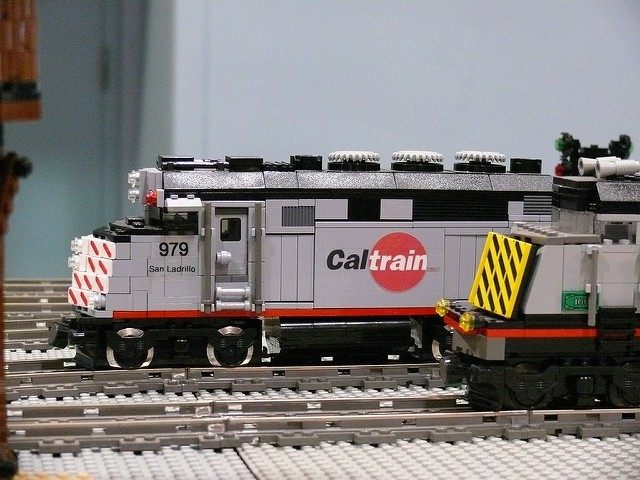The California High-Speed Rail Authority won the Independent Institute’s first California Golden Fleece Award for its lack of transparency and a history of misleading the public about the merits of a “bullet train” that no longer reflects what voters approved in 2008.
The Golden Fleece Award is aimed at exposing waste, fraud and abuse in California government. The non-partisan Independent Institute judges found the agency’s “bait-and-switch” strategy “justifies a statewide vote on whether or not to proceed with the train system. Californians should reject this unnecessary and expensive boondoggle.”
California voters approved Proposition 1A in November of 2008 as a $9.95 billion bond measure authorizing construction of a high-speed “bullet train” between downtown San Francisco and the greater Los Angeles area. The vote was a relative squeaker, winning passage with just 53 percent in favor and 47 percent opposed.
Proponents argued that the project’s cost would be $45 billion, the train would travel at speed tracks at up to 220 miles per hour, the Los Angeles with San Francisco trip time would be 2 hours and 40 minutes, and trains would operate without taxpayer subsidies.
But the agency’s 2012 Business Plan set the “price tag at a staggering $98 billion.” In response to taxpayer outrage, the agency miraculously published a revised 2012 Business Plan five months later to lower the construction cost by $30 billion by moving to a “blended” route that would share track with existing urban rail lines. But given that the maximum speed of existing track is only 125 miles per hour, the LA-to-SF travel time ballooned to 3 hours and 50 minutes.
The agency published a new position paper in 2015that said the 520-mile system could be completed in 2029 at a cost of $68 billion, but only by eliminating service between Los Angeles and Anaheim and between San Jose and San Francisco.
The 2016 High-Speed Business Plan cuts the cost estimate to $64 billion, through a supposed combination of “design refinements,” “system optimization,” “value engineering,” and “lessons learned from bids.”
Facing the monumental task of boring 36 miles of tunnels “through the geologically complex mountains north of Los Angeles,” agency officials announced in February that the first bullet train link will connect downtown San Jose with an uninhabited agricultural field in Shafter for a cost of $21 billion.
Supporters originally promised that private equity would invest $36 billion, the federal government would chip in $18 billion, and 25 percent of cap-and-trade auctions for carbon credits would provide billions of dollars of funding annually.
But no private money has ever materialized and the state has only received $503 million of the $3.3 billion the formerly Democratic-held Congress pledged for the project in 2010. Carbon credit auction cash-flow has also been cut back to a maximum of $500 million a year.
In 2008, the agency forecast 65.5 million intercity paying riders by the time the project opened in 2018, rising to 96.5 million intercity riders by 2030. But independent analysis concluded that if the entire system was built out by 2030, only 23.4 to 31.1 million intercity riders would take the train.
The Independent Institute is calling for the legislature and Governor Jerry Brown to terminate the whole botched effort, and to ask the voters for permission to reprogram the money for something positive, like above-ground water storage to alleviate future droughts.
On Monday, the Los Angeles Times reports, the California State Assembly Transportation Committee unanimously approved a bill introduced by Rep. Jim Patterson (R-Fresno), AB 2847, to improve oversight of the high-speed rail project.

COMMENTS
Please let us know if you're having issues with commenting.